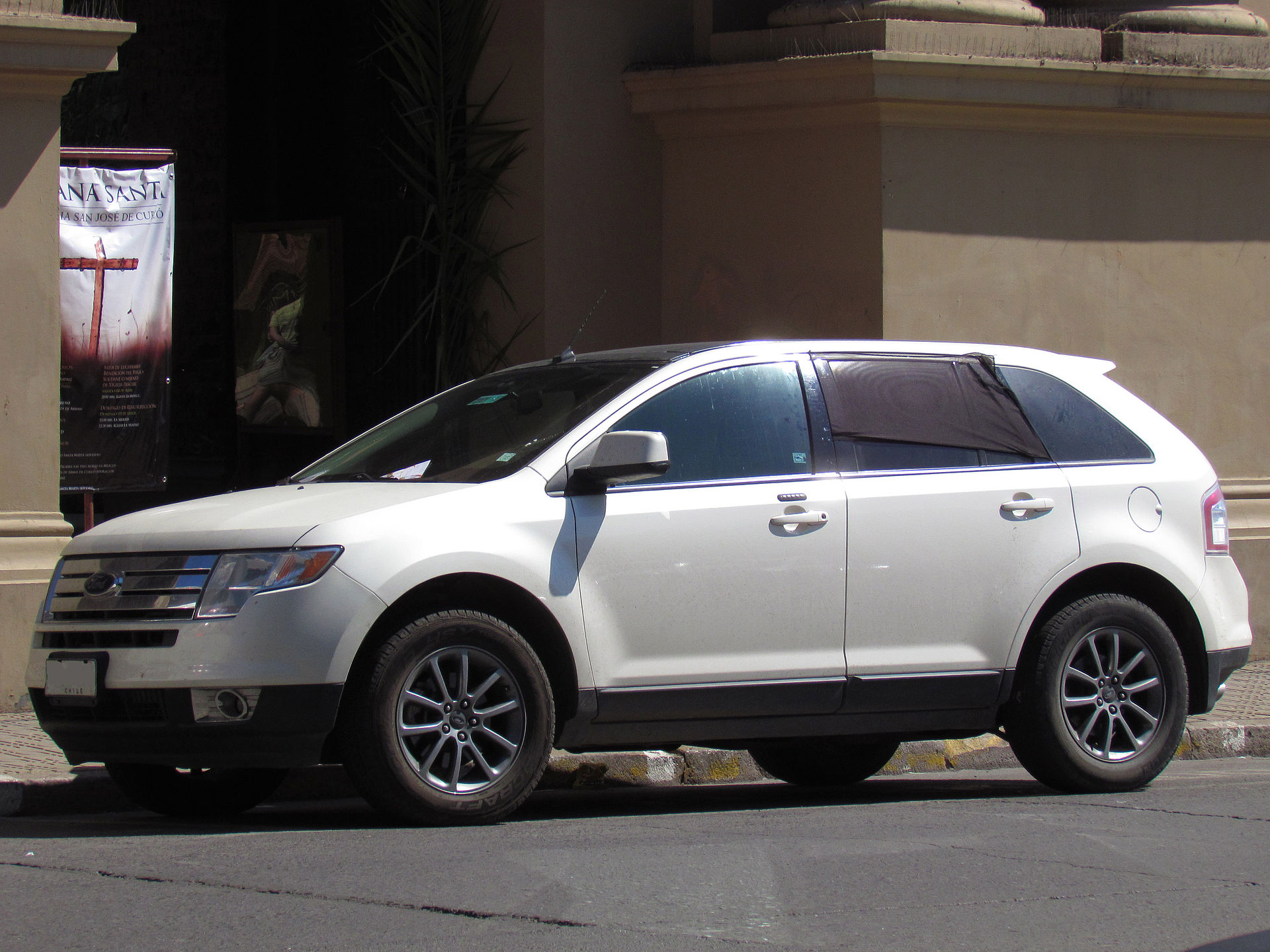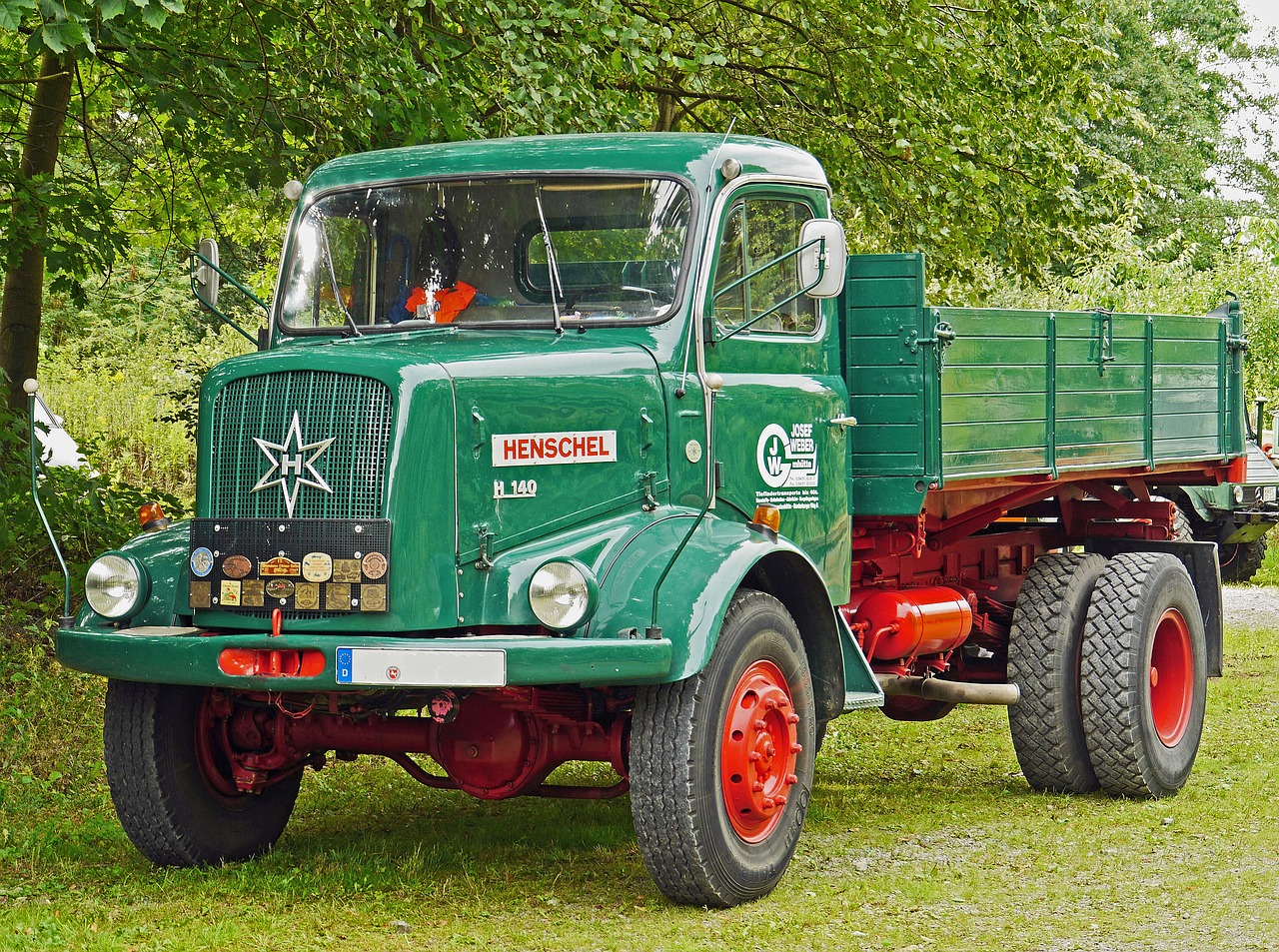Difference Between All-Wheel and Four-Wheel Drive
If you’re planning to buy a new car anytime soon, you will have to be more thorough in your research. You’d be intimidated by the sheer number of websites that provide you with all the valuable information you can use to make an informed decision. You can find out everything you can about the car you are looking for online. Only you can determine which car to buy and the answer can depend on many factors. Price is definitely a key factor in deciding which car to buy, but there’s just a long list of things to consider as well, including performance, value, safety, ratings, flaws, purpose, mileage, engine, body, and more.
Car shopping is still a headache and there are a lot of things to process when choosing the right options, but when it comes to understanding the difference between an all-wheel drive (AWD) and a four-wheel drive (4WD), things can get a bit tricky. If the wide range of prices boggles your mind, prepare for some real confusion. Despite their purpose and interchangeability, each system works differently and they have their fair share of pros and cons. Both the systems are quite similar, but not identical. Let’s find out what each system means and how they differ in terms of features, performance, drivability, and so on.
What is Four-Wheel Drive?
A four-wheel drive vehicle, often called a 4WD or 4X4, is a vehicle in which the front and rear axles are locked and the power is locked into all four wheels, all the time. Engine is the powerhouse of a vehicle, and pedal and chains transfer the energy to the wheels. So, if the energy is sent to the front two wheels, then it’s called a front-wheel drive vehicle, and if the engine powers all four wheels at the same time to help with steering, it’s a 4WD vehicle. As all the four wheels move at the same time, it doubles the amount of traction to a regular two-wheel drive vehicle by adding a second driving axle. A basic 4WD system consists of three main components: the transfer case and the two axles – front and rear. This makes them ideal for off-road driving, mainly snow or sand.
What is All-Wheel Drive?
The term all-wheel drive (AWD) is often used interchangeably with four-wheel drive, but it shouldn’t be. The AWD system works differently and is mostly applied to vehicles that use a four-wheel drive system but designed for improved off-road performance and inclement weather traction. Unlike a 4WD system, power is directed to the wheels as needed with AWD. If the front wheels start to slip, power automatically shifts to the rear wheels. Additionally, all-wheel drives do not have a low range in the transfer case. In fact, some do not even have a transfer case. The AWD system kicks in automatically when it senses a loss of traction. Unlike its 4WD counterpart, it does not require any input from the driver. The system sends a variable amount of power to each wheel.
Difference between All-Wheel and Four-Wheel Drive
Definition
– If the engine powers all four wheels at the same time to help with steering, it’s a four-wheel drive, or a 4WD vehicle. It is a vehicle in which the front and rear axles are locked and the power is locked into all four wheels, all the time. All-wheel drive means the power is directed to the front and rear wheels of the vehicle as needed. The AWD is a transmission system which spreads the power from the engine to all the four wheels, instead of just two, providing increases traction and greater stability.
Working
– Four-wheel drive doubles the amount of traction available to a regular two-wheel drive vehicle by providing a second driving axle. The transfer case splits the power from the engine to drive the front and rear axles as equally as possible for utmost traction. The 4WD systems are more robust than their AWD counterparts. The all-wheel drive is all about varying the amount of torque to each axle. Unlike a four-wheel drive, it either uses a center differential to distribute the torque between the front and rear axles or by electronic means using torque vectoring.
Control
– One major difference between the two systems is that all-wheel drives do not have a low range in the transfer case. In fact, some do not have a transfer case. They rely on sophisticated torque or wheel-speed sensing devices to determine which tire has grip and will direct power there. The system is mostly controlled electronically without the driver’s intervention. If the front wheels start to slip, power automatically shifts to the rear wheels. On the contrary, four-wheel drives are equipped with more mechanical parts and the driver might be able to manually switch to 4WD mode for improved traction. However, some modern 4WD vehicles are equipped with electronically controlled system.
All-Wheel Drive vs. Four-Wheel Drive: Comparison Chart
6 84″ src=”http://www.differencebetween.net/wp-content/uploads/2019/05/All-Wheel-Drive-vs-Four-Wheel-Drive.jpg” alt=”” width=”550″ height=”637″>
Summary of All-Wheel Drive vs. Four-Wheel Drive
Well, with both 4WD and AWD, the engine powers all the four wheels simultaneously, instead of just the front or the rear wheels. And yet, each system works differently. With a 4WD, all the four wheels move at the same time. This doubles the amount of traction to a regular two-wheel drive vehicle by adding a second driving axle. On the contrary, an AWD system means the power is directed to the front and rear wheels as needed to ensure maximum traction while driving on all kinds of surfaces regardless of the weather. In a nutshell, all-wheel drives are part four-wheel drives found in trucks, SUVs of all sizes. 4WDs are ideal for off-road venturing and are found in crossovers, SUVs, and trucks.
- Difference Between Caucus and Primary - June 18, 2024
- Difference Between PPO and POS - May 30, 2024
- Difference Between RFID and NFC - May 28, 2024
Search DifferenceBetween.net :
Leave a Response
References :
[0]Image credit: https://simple.wikipedia.org/wiki/Four-wheel_drive#/media/File:Ford_Edge_SEL_AWD_2009_(17296388313).jpg
[1]Image credit: https://pixabay.com/photos/henschel-truck-tipper-2209390/
[2]Allen, Jim. Four-Wheeler’s Bible. Minneapolis: MotorBooks International, 2009. Print
[3]Laffan, Jennifer. A Field Guide to Four-Wheel Driving. New South Wales: NSW Government, 2016. Print


